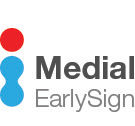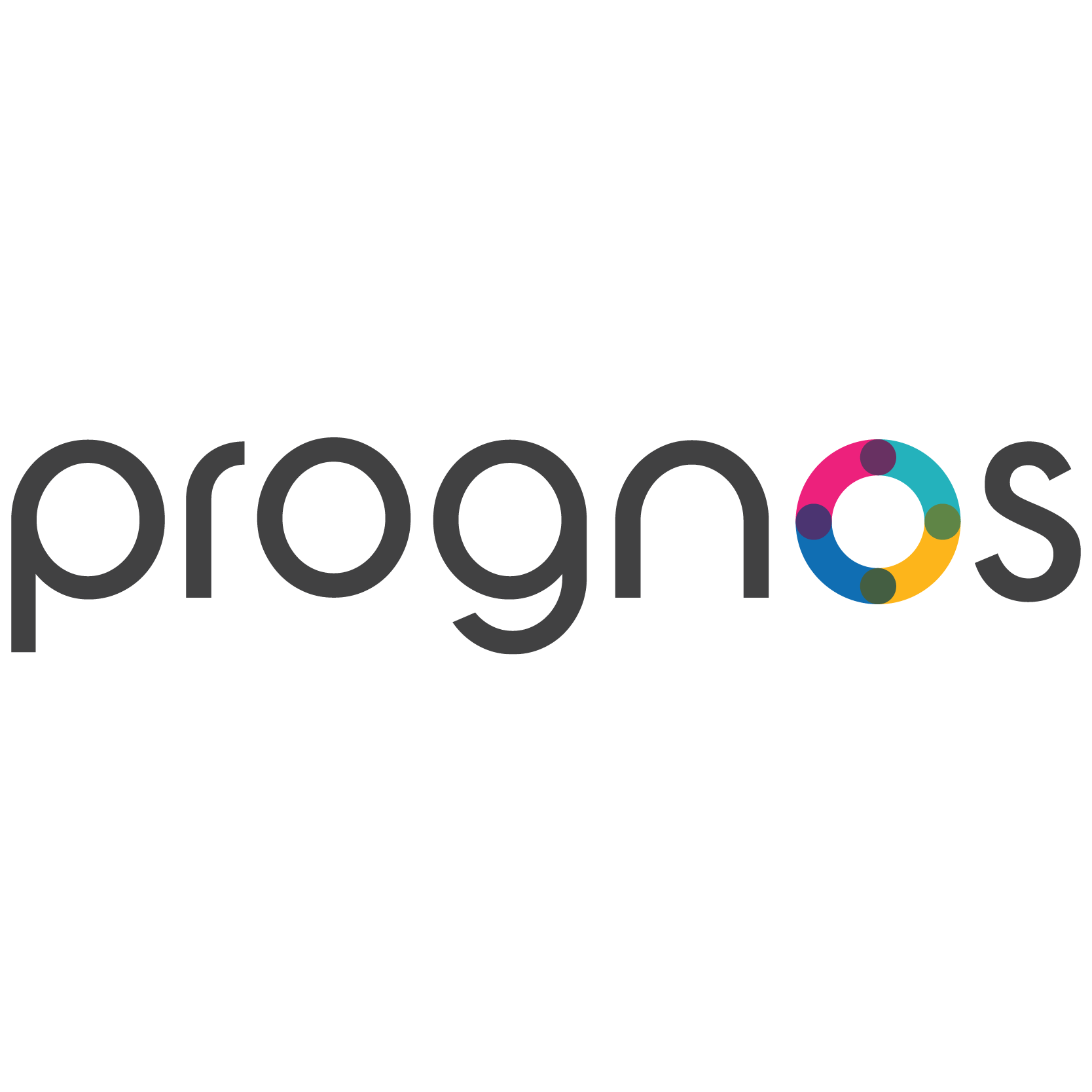With the shift to value-based care, risk stratification is an essential tool in developing a successful population health strategy. Effective implementation of risk stratification enables health systems to better understand their patient populations and design interventions that target high-risk, high-cost patients and deliver patient-centric care. By proactively managing patient populations, healthcare systems can lower costs while providing better care to their patients. Before providers deliver care, they must know who their patients are. Risk stratification helps providers better understand their patient populations so they can create targeted interventions based on patient-specific needs. By organizing patients into different categories based on their risk, health systems can achieve the Triple Aim: better health outcomes, quality care and lower costs of car... Using technology to predict risk is evolving. Data analytics platforms can aggregate patient data from multiple sources, allowing healthcare systems to tailor risk stratification models to specific populations. By combining actionable data with analysis, healthcare systems are better able to predict outcomes, align available resources to patient needs, and ultimately, lower the cost of health services.















































































































